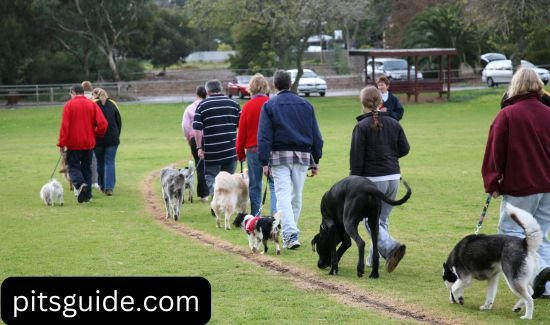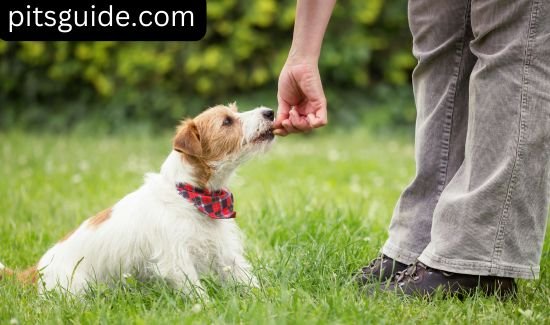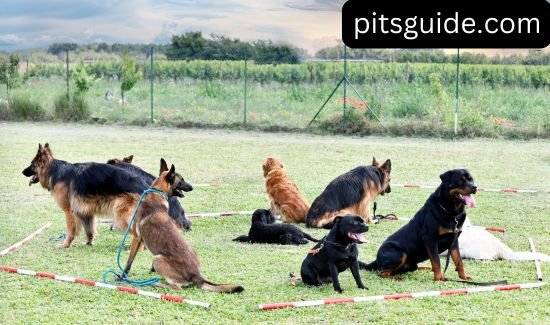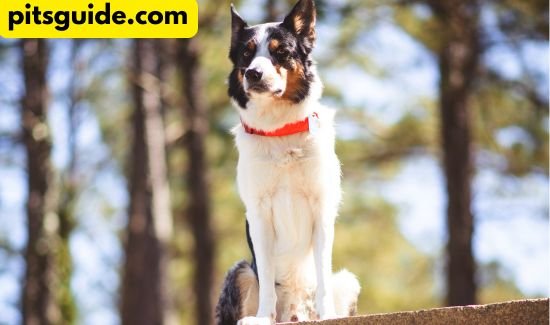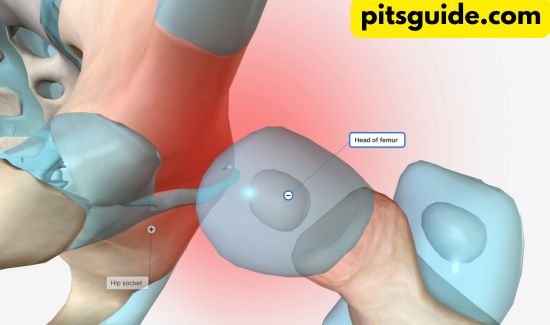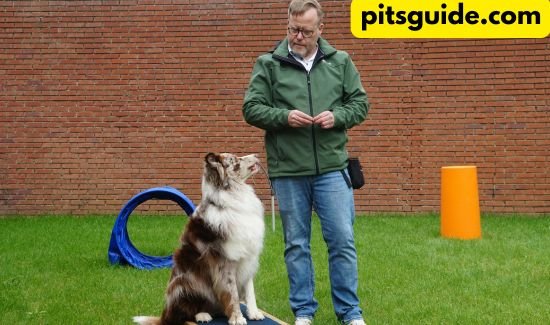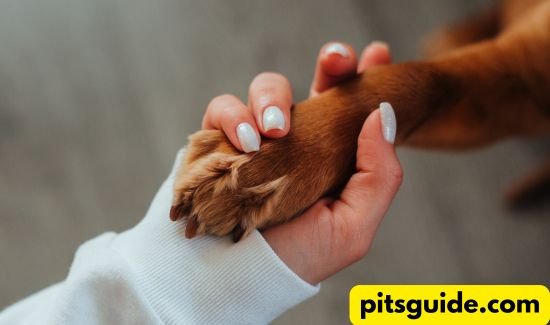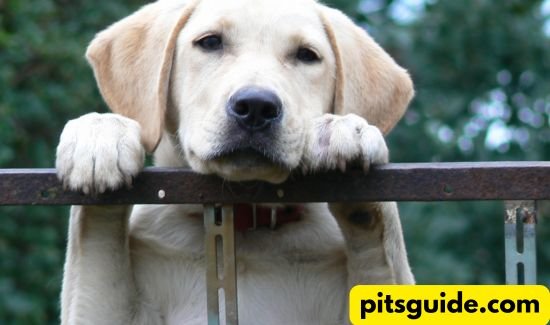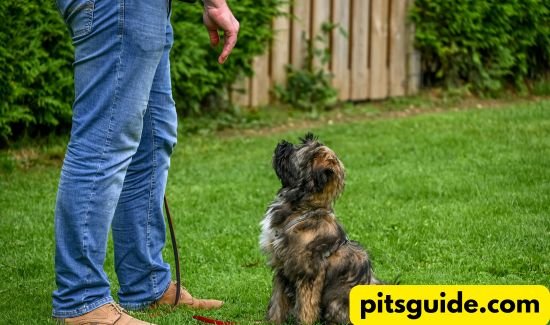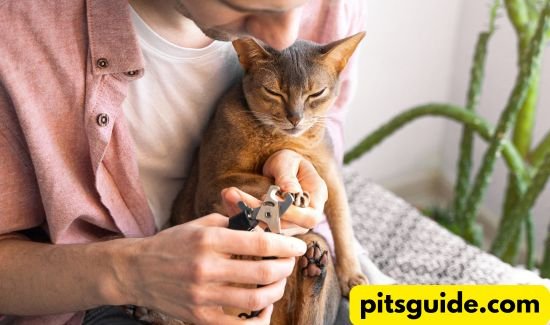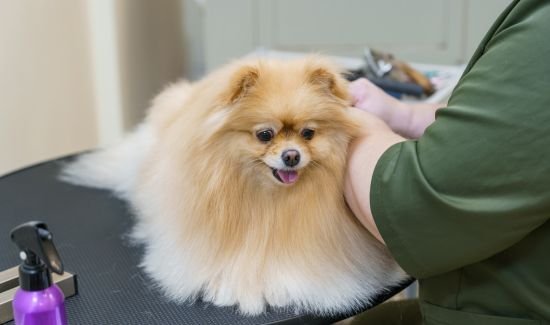Table of Contents
- Introduction
- Importance of Trust in Pet Training
- Key Takeaways for Successful Training
- Understanding the Foundation of Pet-Owner Relationships
- Building Emotional Connections Through Daily Interactions
- Recognizing Your Pet’s Body Language and Signals
- Creating a Safe and Comfortable Training Environment
- Training Tips for Consistent Best Workouts to Keep Your Pit Bull Fit and Happy
Development- Establishing Routines for Training and Play
- The Role of Positive Rewards in Behavior Reinforcement
- Progressing from Basic Commands to Advanced Skills
- Positive Reinforcement Methods and Reward Systems
- Choosing the Right Treats and Incentives
- Timing and Frequency of Rewards
- Verbal Praise and Physical Affection Techniques
- Establishing Daily Exercise and Training Routines
- Importance of Regular Physical Activity
- Matching Activities to Your Pet’s Needs
- Creating a Balanced Weekly Exercise Plan
- Advanced Obedience Training Techniques
- Command Training Progressions
- Addressing Problem Behaviors with Positive Methods
- Socialization Exercises for Confidence and Focus
- Conclusion
- Recap of Essential Training Principles
- Emphasis on Patience, Consistency, and Trust
- Frequently Asked Questions (FAQ)
- Common Reasons for Pet Misbehavior
- Importance of Trust in Training
- Advantages of Positive Reinforcement
- Role of Exercise in Pet Behavior
- Transitioning from Basic to Advanced Training
Pet Training Tips to Build Trust and Obedience
Have you ever wondered why some dogs seem more obedient and well-behaved than others? The answer may lie in the foundation of the pet-owner relationship and the training techniques employed. In this article, we will explore the importance of understanding your pet’s emotions and behavior, and how to harness that knowledge to build a trusting, obedient bond.
Contrary to common beliefs, true obedience in dogs is not driven by fear-based behavior, but by a deep sense of trust and emotional connection. As Konrad Most, a pioneering dog trainer, pointed out in his 1910 book, the erroneous application of compulsion in dog training can be detrimental to the animal’s well-being and the owner-pet relationship. Understanding the three main reasons for misbehavior – lack of understanding, physical incapability, and insufficient motivation – is key to developing effective training strategies.
Key Takeaways
- In dogs and other mammals, behavior is driven by emotions rather than merely commands.
- Punishment can damage trust, while positive reinforcement builds it.
- Effective training focuses on teaching desired behaviors, not just correcting unwanted ones.
- Building a strong emotional connection is crucial for obedience and trust.
- Understanding your pet’s body language and signals is essential for effective training.
Understanding the Foundation of Pet-Owner Relationships
Developing a close relationship with your pet is essential. It starts with daily interactions and understanding their body language. A comfortable and secure training area is also crucial.
Building Emotional Connections Through Daily Interactions
Play, cuddle, and show love to your pet every day. This builds trust and closeness. Don’t use harsh words or actions. Instead, use kind words and treats to praise them.
Recognizing Your Pet’s Body Language and Signals
Watch how your pet acts and sounds. This tells you how they feel. Know when they’re stressed or scared and make them feel safe.
Also, notice when they seem relaxed and ready to learn. Use those times to teach them good things.
Creating a Safe and Comfortable Training Environment
Choose a quiet place for training. Keep it simple and follow a routine. Early training and positive rewards help your pet feel good about learning.
Focus on these basics to build a strong bond with your pet. Both of you will find training enjoyable and fulfilling as a result.
Training Tips for Consistent Pet Development
Consistency is key in pet training. A daily routine makes your pet feel safe and known. It also helps in training. Play and simple games build a strong bond with your pet.
Begin with easy commands and move to harder ones. This helps your pet learn well. Keep training short and fun. Pets are able to sense your emotions.
- Use positive rewards to teach good behavior. The right treats make pets want to learn more.
- Give rewards right after good behavior. This helps pets connect actions with rewards.
- Always react the same way to your pet’s actions. This makes them understand what’s expected.
Learning basic commands like “sit” and “stay” takes days with practice. As your pet gets better, you can teach more. This includes fixing bad behaviors and social skills.
Follow these tips and use the right motivation. You’ll see your pet grow and become a better friend. Remember, patience and consistency are key. Take pleasure in the process of training your pet.
Positive Reinforcement Methods and Reward Systems
One excellent method for training pets is positive reinforcement. It works better than punishment. Using the right treats and techniques helps pets learn and grow.
Choosing the Right Treats and Incentives
Dogs love treats, making them perfect rewards. Pick healthy, small treats that fit well in training. Try different treats to see what your pet likes best.
Timing and Frequency of Rewards
Timing is key in positive reinforcement. Give rewards right after good behavior. As your pet gets better, change how often you reward them. This keeps them interested and learning.
Verbal Praise and Physical Affection Techniques
Verbal praise and affection are also great rewards. Speak happily and use gentle touches. This builds a strong bond with your pet.
Using these methods, you can train your pet well. You’ll also grow closer to them. A successful and contented relationship results from this.
Establishing Daily Exercise and Training Routines
Keeping up with a regular exercise and training routine is key for your pet’s health and happiness. It keeps them fit and stops boredom. It also makes your bond stronger.
Choose activities that fit your pet’s age, breed, and fitness level. Try walks, play with toys, and training sessions. This keeps them interested and active. Every week, try to get in at least 150 minutes of activity.
Studies say regular exercise makes it easier to keep up a routine. Get a health check before starting intense exercise, especially if it’s new. Swapping bad habits for good ones helps keep up exercise long-term.
| Day | Exercise | Duration |
| Monday | Moderate-pace jog or brisk walk | 40 minutes |
| Wednesday | Circuit training | 30 minutes |
| Friday | Biking | 20 minutes |
| Sunday | Walking | 45 minutes |
It’s important to keep your pet hydrated and well-nourished during exercise. Warming up and cooling down helps prevent injuries and keeps them flexible.
Listen to your pet and rest when they need it. Slowly increase their fitness to avoid injuries. Try new things, join a gym, track progress, and work out with friends. This keeps your pet excited about their training and fitness.
Advanced Obedience Training Techniques
As your pet gets better at training, it’s time for more advanced techniques. These methods improve your pet’s behavior and your bond with them.
Command Training Progressions
After mastering basic commands like “sit” and “stay,” you can teach more. Try the “stand” command for photos and the “place” command for when guests arrive.
Dog sports and housetraining benefit greatly from the “touch” command. It lets you guide your pet without force.
Problem Behavior Correction
Advanced training tackles problem behaviors like barking and chewing. Instead of just stopping these, teach better behaviors. This way, your pet learns and understands what you want.
Socialization Exercises
Socialization is key for your pet’s growth and confidence. Positively introduce them to various locations, people, and animals. This makes them more focused and obedient.
It takes consistency, patience, and positivity to succeed in advanced training. With the right approach, your pet will become a well-behaved and loyal friend.
Conclusion
It takes time and a positive attitude to develop obedience and trust with your pet. Understanding their emotions and body language helps. This makes training safe and effective.
Daily exercise and rewards help your pet learn and behave well. Advanced strategies make them more responsive and well-behaved.
Great thinkers like Confucius and C.S. Lewis taught us about learning through doing. Benjamin Franklin and Henry Ford also said it’s important to keep learning. This is true for pet training too.
What you do with your pet matters a lot. It significantly affects their training.
Every pet is different, and training takes time. If you need help, get professional advice. Always put your pet’s safety first.
Using training tips and exercise routines can improve your pet’s skills. Enjoy the journey and the strong bond you’ll build with your pet.
FAQ
What are the main reasons for pet misbehavior?
Pets misbehave for three main reasons. They might not understand, can’t do something, or lack motivation.
Why is establishing trust crucial for a strong pet-owner relationship?
Trust is key for a strong bond with your pet. Don’t use harsh punishments. Instead, use friendly communication.
Learn to read your pet’s body language and sounds. Make a safe place for them. Stick to daily routines to build trust.
What advantages does positive reinforcement offer when it comes to training pets?
Positive reinforcement works better than punishment. Use treats, praise, and love as rewards. It fortifies your relationship and fosters trust.
Why is regular exercise crucial for pet health and behavior?
Exercise keeps pets healthy and well-behaved. It maintains their mental and physical health. It also helps with obedience and bonding.
How can pet owners progress from basic to more advanced obedience commands?
Start with basic commands and slowly move up. Use positive reinforcement to fix bad behavior. Teach new behaviors instead.
Do socialization exercises. Practice commands in different places with more distractions. This helps a lot.

